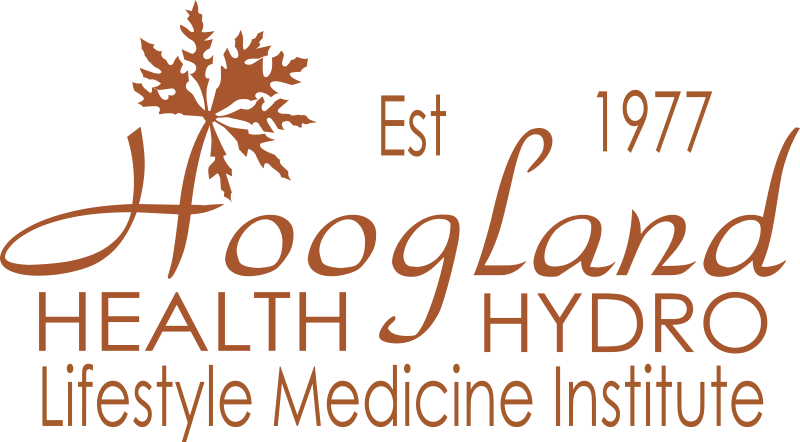Oxytocin, often dubbed the “love hormone”, is far more than a mediator of social bonds.
This powerful neuropeptide, mainly produced in the hypothalamus and released by the pituitary gland, plays a critical role in physical health, emotional resilience, and overall vitality. It can also be produced in our heart, our reproductive tissues, adrenal glands, thymus, skin, bones, and a few other places.
The Physical Power of Oxytocin: A Deep Dive
Oxytocin’s influence extends well beyond its role in childbirth and bonding. It’s a master regulator of physiological processes, with profound effects on the body. Here’s a detailed look at its physical health benefits:


How to Naturally Increase Oxytocin Production
Oxytocin is unique because its production can be stimulated through everyday activities and intentional practices.
Below is a comprehensive list of evidence-based ways to boost oxytocin levels, grounded in science and aligned with holistic wellness principles:
Physical Touch


Social Connection
Exercise and Movement


Pet Interaction
Acts of Kindness and Generosity


Music and Creative Expression
Mindfulness and Meditation


Sexual Activity and Intimacy
Warm Temperature and Hydrotherapy


Eating and Sensory Pleasure
Childbirth and Breastfeeding


Positive Visualization and Memory Recall
The Supplement Pitfall: Zinc, Copper, and Oxytocin
While lifestyle practices are the most effective way to boost oxytocin, nutritional balance supports hormonal health.
However, certain supplements, like zinc, can disrupt oxytocin production by interfering with copper levels—a critical consideration for optimal wellbeing.

Harnessing Oxytocin for Whole-Body Health
Oxytocin is a remarkable hormone that bridges emotional and physical health. Its ability to repair the heart, enhance vascular plasticity, reduce inflammation, increase HRV, modulate immunity, and support tissue repair makes it a cornerstone of vitality. By incorporating simple, evidence-based practices—physical touch, social connection, exercise, mindfulness, and more—you can naturally boost oxytocin and unlock its healing potential. However, be mindful of nutritional balance, as excessive zinc supplementation may disrupt copper levels and, indirectly, oxytocin production.

At Hoogland Health Hydro, we believe in empowering you with knowledge to thrive. Integrate these oxytocin-boosting strategies into your life. By nurturing your body’s natural capacity for connection and repair, you can cultivate lasting health and resilience.
